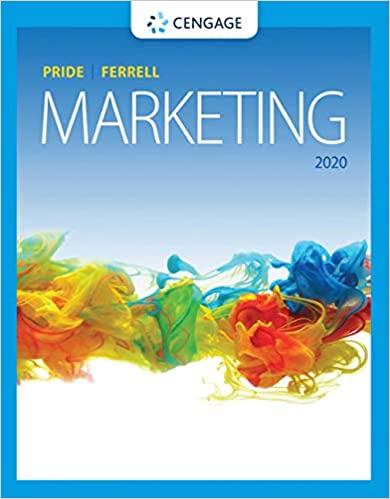Answered step by step
Verified Expert Solution
Question
1 Approved Answer
Unilever is one of the worlds oldest multinational corporations, with extensive product offerings in the food, detergent, and personal care businesses. It generates annual revenues
Unilever is one of the world’s oldest multinational corporations, with extensive product offerings in the food, detergent, and personal care businesses. It generates annual revenues in excess of $50 billion and sells a wide range of branded products in virtually every country. Detergents, which account for about 25% of corporate revenues, include well-known names such as Omo, which is sold in more than 50 countries. Personal care products, which account for about 15% of sales, include Calvin Klein Cosmetics, Pepsodent toothpaste brands, Faberge hair care products, and Vaseline skin lotions. Food products account for the remaining 60% of sales and include strong offerings in margarine (where Unilever’s market share in most countries exceeds 70%), tea, ice cream, frozen foods, and bakery products. Historically, Unilever was organized on a decentralized basis. Subsidiary companies in each major national market were responsible for the production, marketing, sales, and distribution of products in that market.
Question:-
(a). Justify two reasons for Unilever introducing a new structure based on business groups in the mid-1990s. and two reasons for the failure of the structure to deliver.
Question:-
(a). Justify two reasons for Unilever introducing a new structure based on business groups in the mid-1990s. and two reasons for the failure of the structure to deliver.
Step by Step Solution
★★★★★
3.46 Rating (159 Votes )
There are 3 Steps involved in it
Step: 1
a Two reasons for Unilever introducing a new structure based on business groups in the mid1990s were To drive down operating costs Unilevers decentral...
Get Instant Access to Expert-Tailored Solutions
See step-by-step solutions with expert insights and AI powered tools for academic success
Step: 2

Step: 3

Ace Your Homework with AI
Get the answers you need in no time with our AI-driven, step-by-step assistance
Get Started


